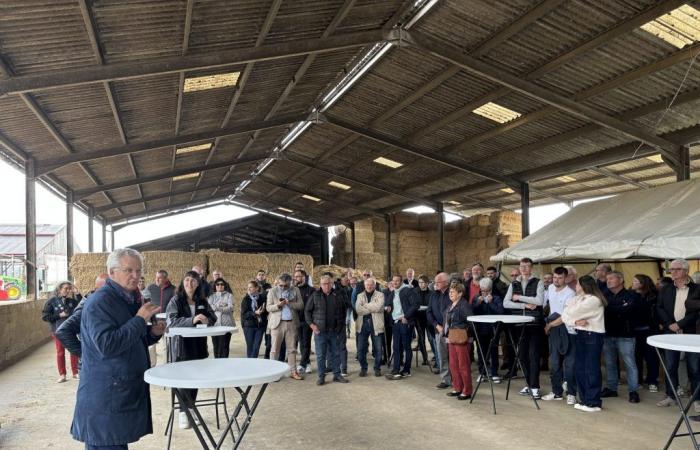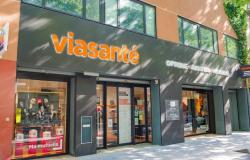Oust in Brocéliande
Published on June 16, 2024
What if methanization was the solution for a sustainable energy future? In Guer, it is in any case the alternative to “classic” gas – green gas – which not only makes it possible to supply 2,500 homes with energy, but also the Saint-Cyr-Coëtquidan military camp and the factory. Buffet mix. “We are a methanization unit. There are six of us, with my sister Catherine, we form an extraordinary working couple. We have four employees. We have arrived at a team that is capable of running on its own and that’s great for a business manager,” recognizes Roland Piel, director of the Groupement Agricole d’Exploitation en Commun (GAEC) of Épinage. Since 1986, the site has grown considerably, from 30 to 432 hectares. Beyond breeding and cultivation, it is a methanization site which is located not far from the common agricultural group. Initially, the initial idea was to create a cogeneration methanization site in order to produce electricity. But the COVID period having passed and after careful consideration, it was injection methanization which was preferred. This process for collecting organic materials to transform them into biogas was considered less expensive. After nine months of work, it was last October that the methanization unit saw the light of day. “It is an asset for us in terms of regional development, with the reduction of greenhouse gases through this system, but also a gain in energy autonomy,” underlines Jean-Luc Bléher, mayor of Guer and president of OCB. A fairly expensive project all the same. Five million euros. “It was interesting to pool things,” underlines the elected official. Behind the shared investment, OBC, Guer, and Morbihan Énergies are taking part, which each contributed 94,000 euros. The GAEC for its part disbursed a budget of 800,000 euros. The Ministry of the Armed Forces, GRDF and Mix Buffet have spent one and a half million euros to acquire this partially green energy. “Farmers become partners in our ecological ambition since they install equipment of this kind on their site,” remarks Jean-Luc Bléher. This makes it possible to recycle waste from their exploitation, diversify the activity and generate additional resources. And it also creates jobs. I really welcome this project,” continues the councilor. The regional director of GRDF David Colin also welcomes the initiative, surprised by the rigor and cleanliness presented by the methanization site. “70% of the wealth created remains in the territory. So it’s also an opportunity for the territory,” he says. In addition to being a source of profit on a local scale, the green gas produced thanks to methanization units should also make the Department less dependent on foreign suppliers (notably Russian gas). Using green gas would also reduce greenhouse gases by 5%. With 17 methanization units in Morbihan, the director of Brittany of GRDF presents his prospects: if today green gas represents 7% of the gas consumed in the department, it is with the aim of reaching 30% in 2030 and 100% in 2050 on its network.
The example of the commune of Saint-Marcel
The green gas produced by methanization plants contributes to diversifying sources of supply and therefore France’s energy dependence on foreign producing countries, the limits of which the war in Ukraine has shown. This Friday the municipality of Saint-Marcel renewed the agreement which binds it with GRDF, responsible for the upkeep, operation and maintenance of the network for 30 years. It is GRDF which lays the pipes, made available to suppliers. The gas produced by the Guer methanization unit will contribute to “greening” the production which will reach users located in the three municipalities of Malestroit, Saint-Marcel and Pleucadeuc.
These include 86 homes but also municipal buildings. “We have many buildings that are supplied with gas and we really appreciate the quality of the support that GRDF provides us with for monitoring and controlling our consumption. This allows us to see, for example, which events lead to the highest consumption and to make choices…” explains Armelle Robert, the mayor of Saint-Marcel who re-signed the new agreement renewed for 30 years and which includes elsewhere this new dimension of green gas injection.






